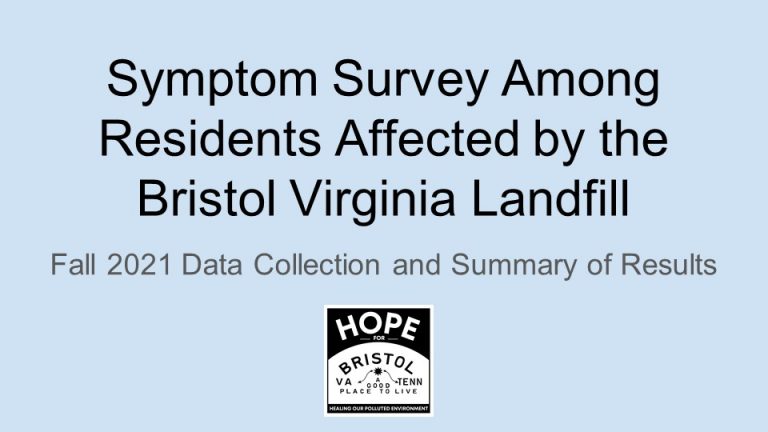Community Symptom survey
From October to November 2021, HOPE for Bristol conducted a Community Symptom Survey among residents affected by the Bristol VA Landfill. Households in both Bristol, TN, and Bristol, VA, were included.
Please click the photo below to open or download our full report as a PDF.
Alternatively, you may wish to download this one-page flyer for easily printing and sharing our survey results.
This symptom survey was a monumental effort by our organization’s founding members to document the suffering in our community. We knew the symptoms we were experiencing when our homes, schools, and workplaces filled with the noxious gases and VOCs. Burning eyes and throat, nausea or vomiting, dizziness, nosebleeds, and mental health effects became our new “normal.” While government agencies continued to talk about “odors,” we collected the data to demonstrate the very real symptoms reported by residents.
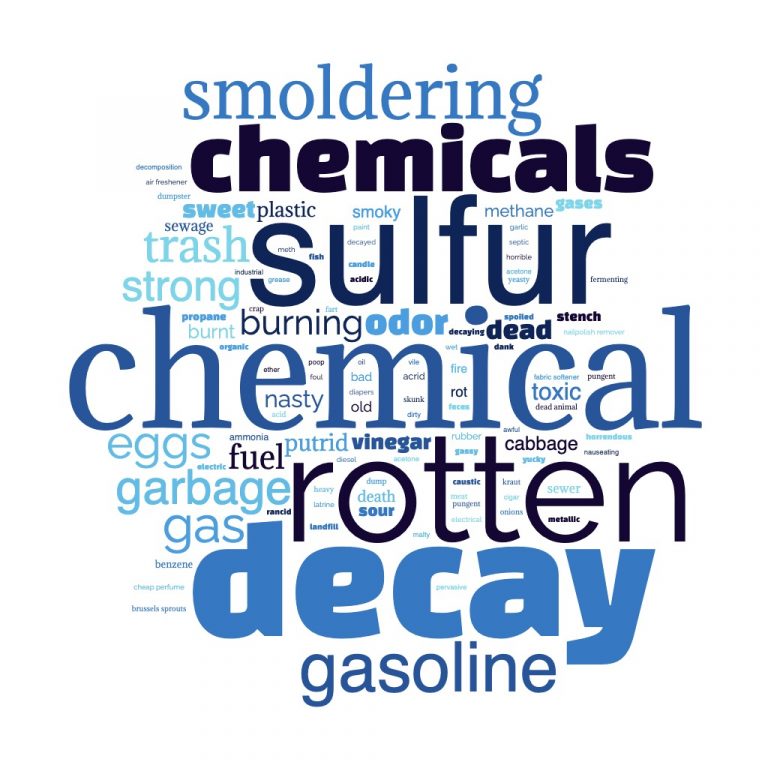
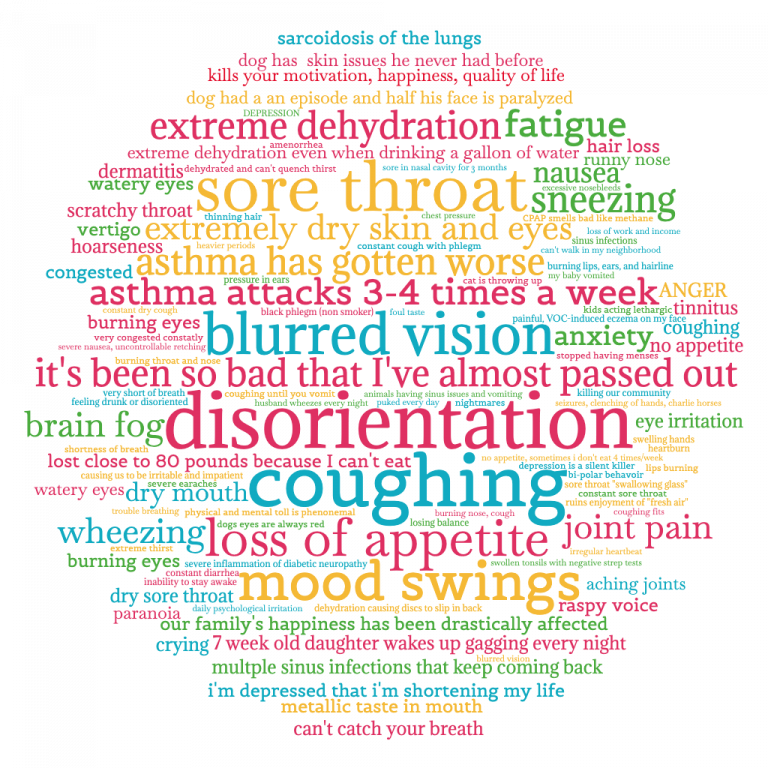
Our reasons for conducting a symptom survey were two-fold. First, residents felt their symptoms were being ignored and denied by local officials. Second, our inquiries to the Agency for Toxic Substances and Disease Registry (ATSDR) and other agencies indicated that the Public Health Assessments in Bristol would not include a real-time study of actual symptoms reported by residents. We felt this was unacceptable, so we worked with volunteers in the community to create a survey, collect responses, analyze the data, and summarize our findings in the form of presentation slides.
To our delight, 252 households responded over the course of five weeks. Of those 252 responding households, 216 households took the time to report their symptoms by number of individuals with each symptom. Those 216 households represented 653 individuals. For this reason, you’ll see the symptom data further down the page reported by Household and by Individual in order to give two slightly different views of the symptoms in our community.
First, here are participant counts and basic demographics:

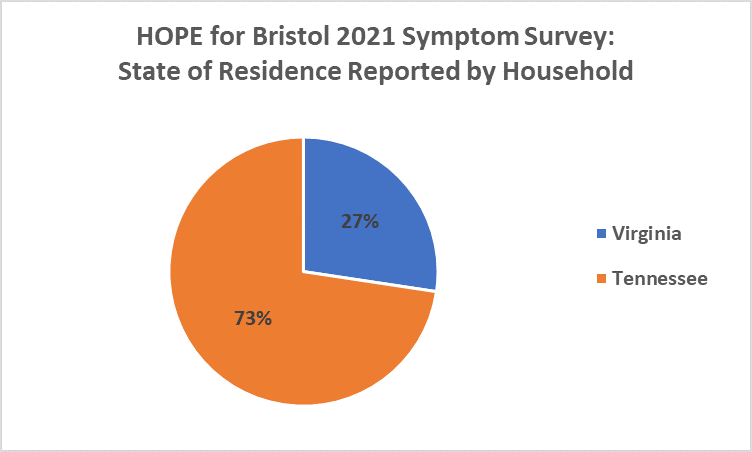
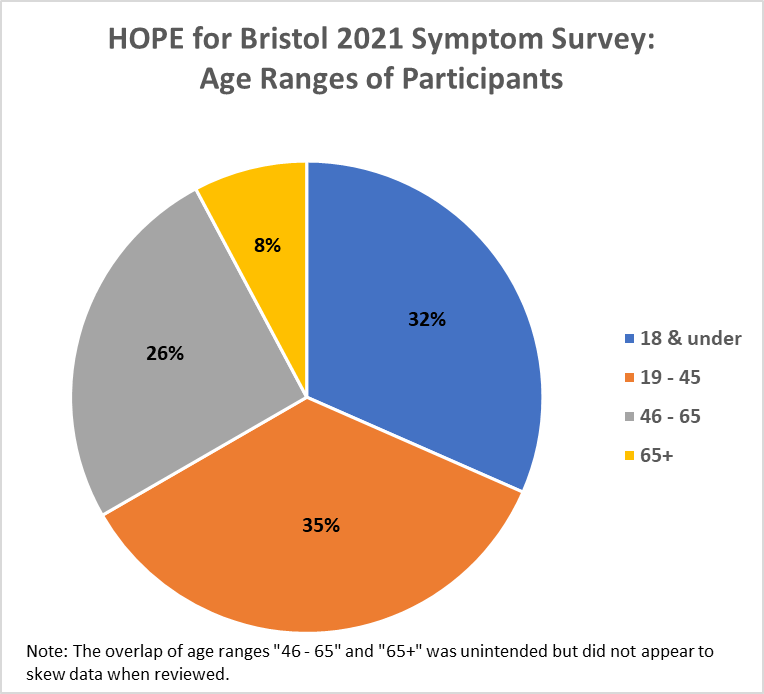
Symptomology was high among survey participants. Below are two graphs showing the percentage of respondents who reported each symptom. The first chart shows the % of Households (252 households) reporting each symptom, and the second chart shows the % of Individuals (216 households, 653 individuals) reporting each symptom.
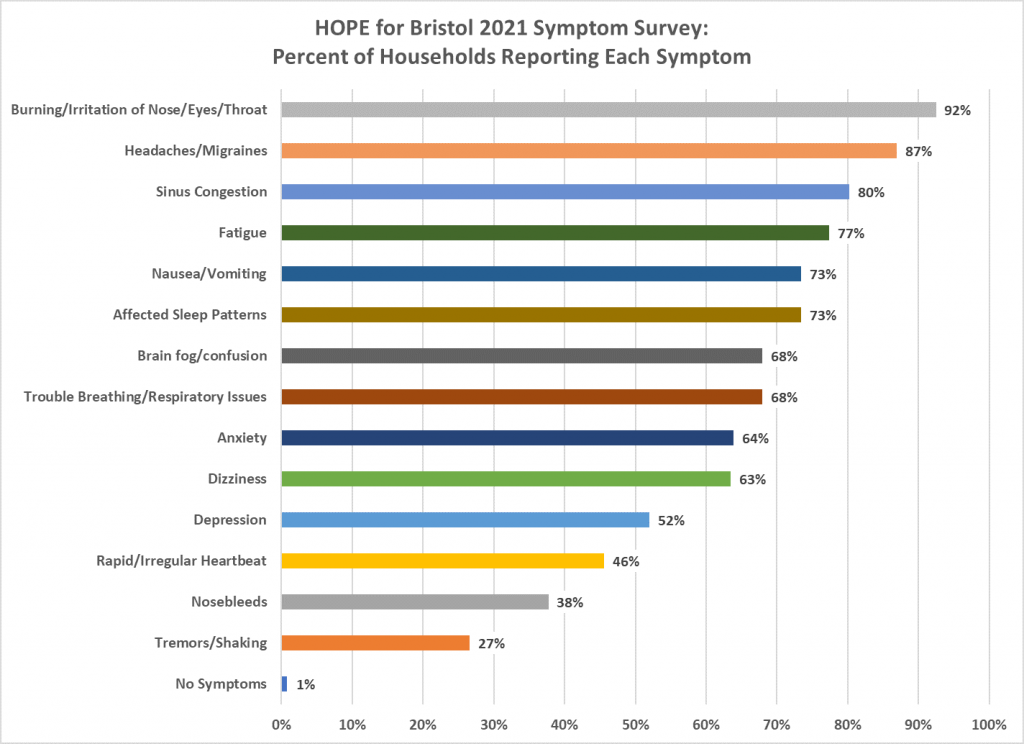
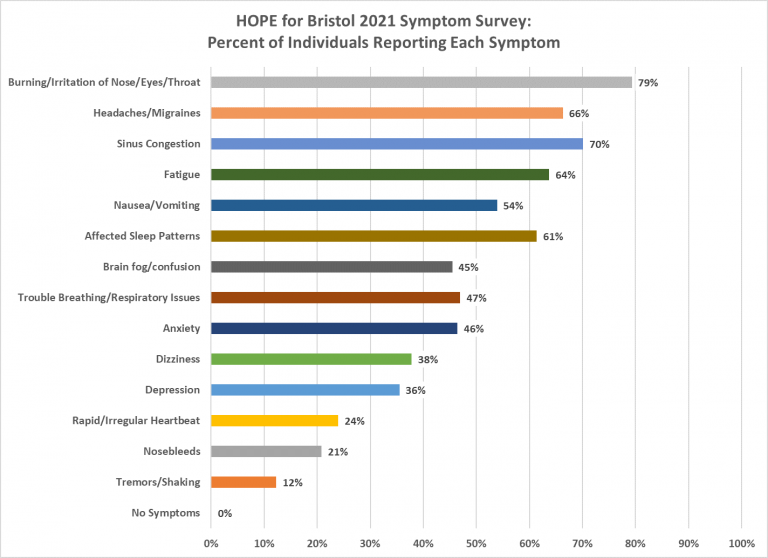
Unfortunately, our data does not capture the frequency of symptoms nor the long-term effects of recurring symptoms. For example, nosebleeds were reported less than other symptoms, but repeated nosebleeds can deplete iron stores over time. Also, few families are trained in proper medical care for nosebleeds. Nausea or vomiting over long spans of time could lead to nutritional deficiencies and dental and gastrointestinal complications. Many of these symptoms reported above could impair one’s ability to operate a vehicle or perform complex tasks. To our knowledge, no health-based agencies have studied these wide-ranging impacts in our community and the implications for safety or long-term health.
Finally, as might be expected, most households reported multiple symptom categories. The following chart represents the frequency of multiple symptoms in households.
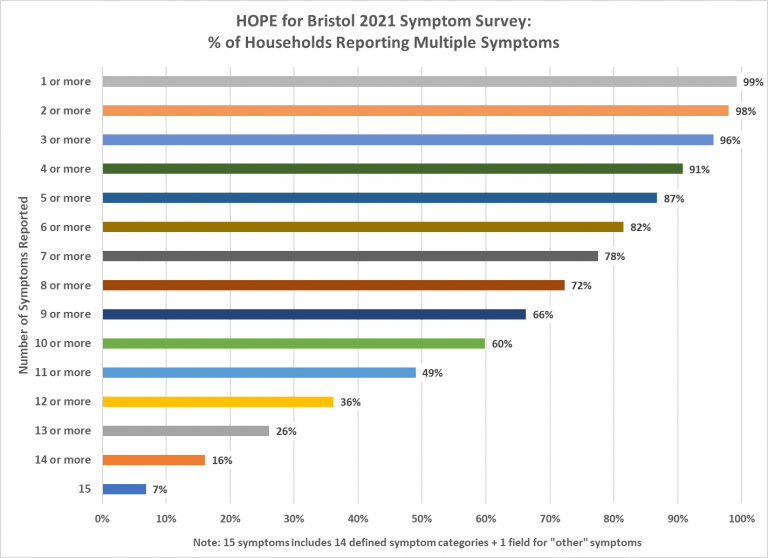
Health effects from landfill gases are well-documented in public health research. If you are experiencing symptoms when exposed to pollution from the Bristol VA Landfill, you are not alone. Please reach out to us or other members of the community for encouragement during this difficult time. Additionally, you may wish to contact government agencies such as ATSDR to express your concerns about symptom or health impacts.


